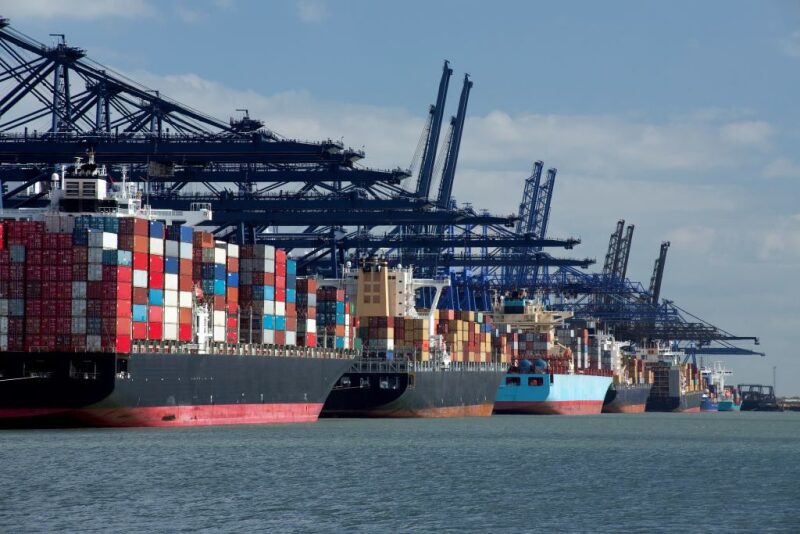The transition toward energy sustainability has proven to be a formidable challenge, resembling an arduous ascent up Mt. Everest rather more than a spirited stroll in the woods. The enthusiastic fervor surrounding the energy transition a few short years ago is cooling as the challenges—from planning delays and a lack of port infrastructure to low profit margins, growing inflation and interest rates, and supply chain constraints—are building.
Last week, for example, two significant offshore wind projects were terminated because they were deemed no longer to be financially viable. Avangrid agreed to pay a $48 million penalty to terminate its contracts with three Massachusetts electric companies for offshore wind from its 1.2-GW Commonwealth Wind project, saying the contract pricing was no longer viable because of inflation, interest rates, and other factors. Vattenfall also halted work on its 1.4-GW Norfolk Boreas offshore wind project off the coast of Britain, writing off more than $530 million in costs and termination fees.
“Higher inflation and capital costs are affecting the entire energy sector, but the geopolitical situation has made offshore wind and its supply chain particularly vulnerable. Overall, we see cost increases of up to 40%. This development affects future profitability and means that Vattenfall makes an impairment for wind power in Norfolk, UK,” Anna Borg, Vattenfall’s chief executive said in the company’s half-year earnings report.
Equinor reported a $91 million net operating loss within its renewables division for the second quarter of 2023, more than double last year’s loss of $42 million for the same period. It, too, cited lower prices and higher project costs.
The energy supply chain is shifting toward oil and gas, driven by insufficient, consistent, and profitable work in green projects, according to an Energy Industries Council (EIC) report. This shift has raised concerns over delays in achieving Net Zero 2050 commitments.
These are the findings highlighted in the seventh “Survive and Thrive” report, an annual review published by the EIC, a global trade organization representing more than 900 energy sector companies. The report is centered on details from interviews with nearly 100 industry leaders from a diverse range of sizes, countries, technologies, and strategies.
Global oil and gas markets are undergoing significant growth, an observation further supported by the EIC’s financial investment decision (FID) data. The data suggest that oil and gas projects hold higher value and are more likely to receive full funding than renewable and transition technologies such as wind and hydrogen.
The report shows that oil and gas have the highest FID rates, averaging around 20% for projects with startup dates between this year and 2028. Renewable energy and energy transition technologies, however, have much lower FID rates. Offshore wind stands at only 8%, hydrogen at 3%, carbon capture at 2%, and floating offshore wind at just 1%.
“This new data raises the prospect of rapidly widening disparities between green ambitions and the reality of what businesses actually see in their order books,” the report concludes.
The EIC said a key revelation from its research is that reaching net zero is in jeopardy, adding that the level of concern regarding the widening gap between net zero aspirations and industry actuality reached unprecedented levels. The report urges policymakers to promptly introduce novel strategies to align with net zero commitments or acknowledge the inevitable shortfall and focus on damage mitigation.
“The much lower level of funding for green projects, compared to hydrocarbons, highlighted in this report, is having a direct impact on energy supply chain businesses. They are not seeing enough renewable and transition-related work cascading down into their order books. They can’t wait for policy pledges anymore, so they look to more active markets like oil and gas to support their growth plans,” said Stuart Broadley, chief executive of the EIC.
"This is such a lost opportunity. The supply chain wants to be part of, and to drive, net zero solutions, but opportunities just aren’t there in anything like enough volume or profitability,” he said. “It’s high time for a reality check. We ask governments and energy policymakers to act now to bring stakeholders together to address this energy policy crisis, to re-ignite funded demand for clean energy products and services, and to provide the right policy environment that encourages investment, innovation, and the seeding and rooting of future, world-class, green-technology exporting businesses.”
According to the report, renewable energy projects struggle to keep up with their conventional counterparts because of infrastructural difficulties and financial risks. It adds that more support is necessary to ensure that Net Zero 2050 commitments remain feasible and attainable. The report says that, ultimately, a balanced approach toward energy production must be taken, integrating both traditional and renewable sources for maximum efficiency and affordability.


